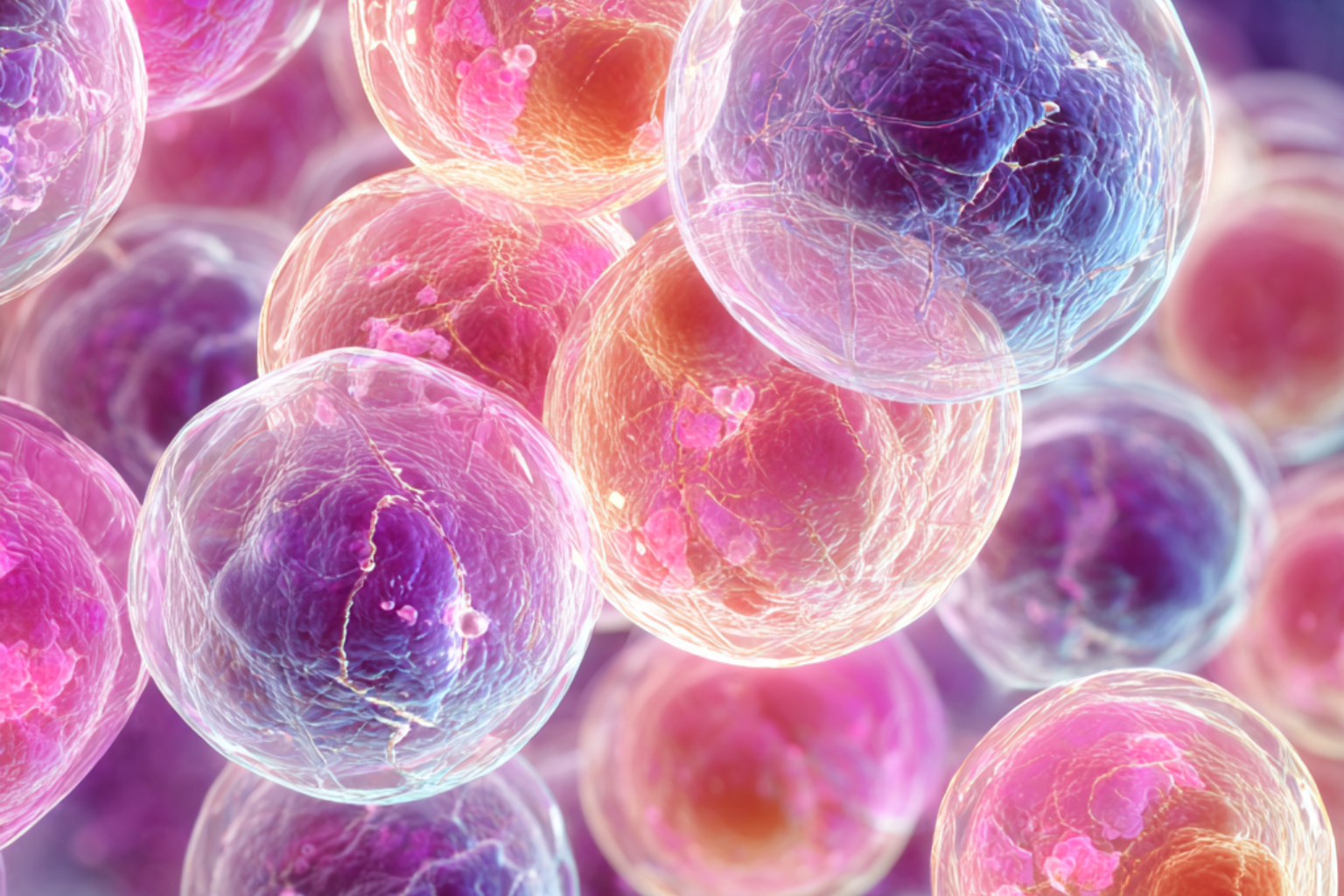What is HAA5?
HAA5 refers to a group of five haloacetic acids (HAAs) — chemical byproducts that form when disinfectants like chlorine or chloramine react with natural organic matter in water. The five members of this group are:
-
Dibromoacetic acid (DBA)
-
Dichloroacetic acid (DCA)
-
Monobromoacetic acid (MBA)
-
Monochloroacetic acid (MCA)
-
Trichloroacetic acid (TCA)
HAA5 is classified as a group of disinfection byproducts (DBPs). These substances are legally allowed in U.S. tap water but are widely considered dangerous. According to the Environmental Working Group (EWG), HAA5 contamination has been found in all 50 U.S. states, affecting over 302 million people.
What health effects does HAA5 have?
Exposure to HAA5 in drinking water has been linked to a range of serious health problems:
-
Cancer risk – long-term consumption is associated with increased risk of multiple cancers, particularly bladder and colorectal cancers【EPA】.
-
Fetal growth and developmental effects – prenatal exposure has been linked to low birth weight and impaired growth【NIEHS】.
-
Liver and kidney damage – studies show prolonged ingestion can harm both liver and kidney function.
-
Short-term health issues – drinking contaminated water can lead to headaches, nausea, vomiting, diarrhea, sore throat, and tissue irritation.
The EPA’s legal limit for HAA5 is 60 ppb, but the health guideline recommended by independent researchers is just 0.1 ppb — 600 times lower. This gap highlights the concern that “legal” does not necessarily mean “safe.”
How does HAA5 get into tap water?
HAA5 forms during the water disinfection process:
-
Chlorine-based disinfection – the most common source; 98% of U.S. public water supplies use chlorine.
-
Other disinfectants – chloramines (chlorine + ammonia) can also create HAA5.
-
Organic matter breakdown – decaying leaves, soil runoff, and agricultural material in source water can react with disinfectants to form HAAs.
-
Algal blooms – when algae grows and decomposes, it releases dissolved organic carbon that reacts with chlorine to create DBPs.
-
Soil erosion after storms – heavy rainfall can wash organic material into rivers and reservoirs, increasing HAA5 formation.
Even bottled water isn’t a guaranteed safe option — it can contain the same or higher levels of HAA5. Boiling water may actually increase the concentration by evaporating water but leaving contaminants behind.
Who is most at risk from HAA5?
Certain groups are especially vulnerable:
-
Pregnant women & infants – exposure during pregnancy is linked to fetal development issues and low birth weight.
-
Children – still-developing bodies are more sensitive to chemical exposure.
-
Immunocompromised individuals – higher susceptibility to the toxic effects of DBPs.
-
Communities with high chlorine use – areas with aging infrastructure or heavy reliance on chlorination may see higher HAA5 levels.
How to avoid/remove HAA5 from tap water
Unfortunately, most standard filters (including Brita-style carbon filters) are not effective against HAA5. Bottled water and boiling also do not provide reliable protection.
To effectively reduce exposure, you need advanced filtration technology specifically engineered to target disinfection byproducts (DBPs).
At PuraHome, our filters use multi-stage Nanofiltration Filtration Technology, which is independently tested to reduce HAA5 while preserving beneficial minerals.
Bottom line: HAA5 is in nearly every tap, legally allowed at levels hundreds of times higher than health experts recommend. Protecting yourself isn’t about avoiding chlorine — it’s about eliminating the dangerous byproducts it creates.
With PuraHome filtration, you can finally take control and ensure your water is safe from HAA5 and 150+ other contaminants.





Leave a comment
This site is protected by hCaptcha and the hCaptcha Privacy Policy and Terms of Service apply.